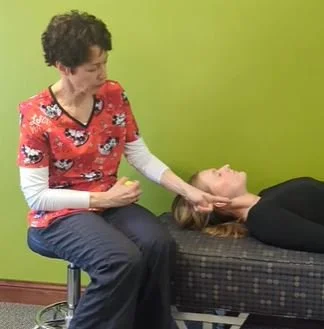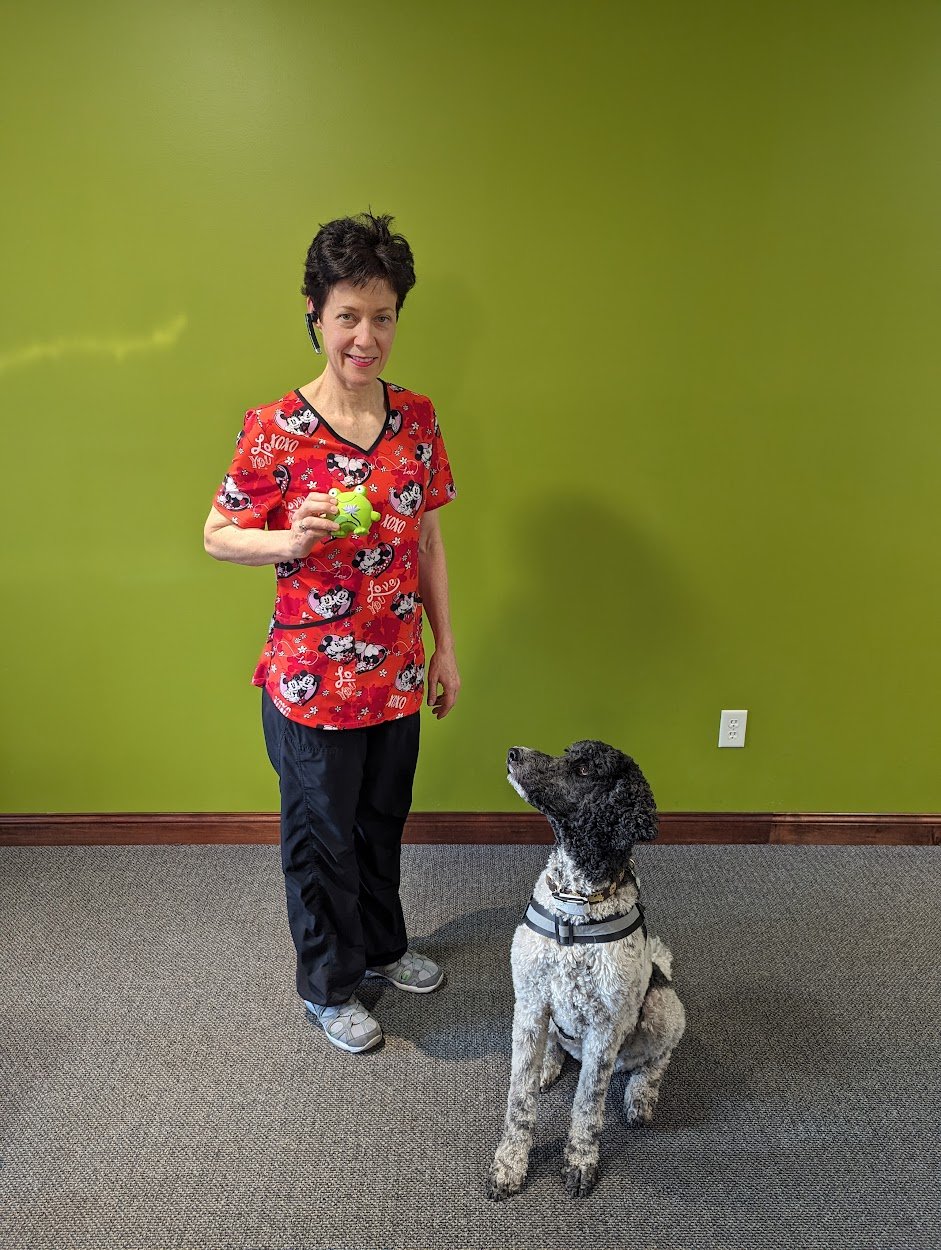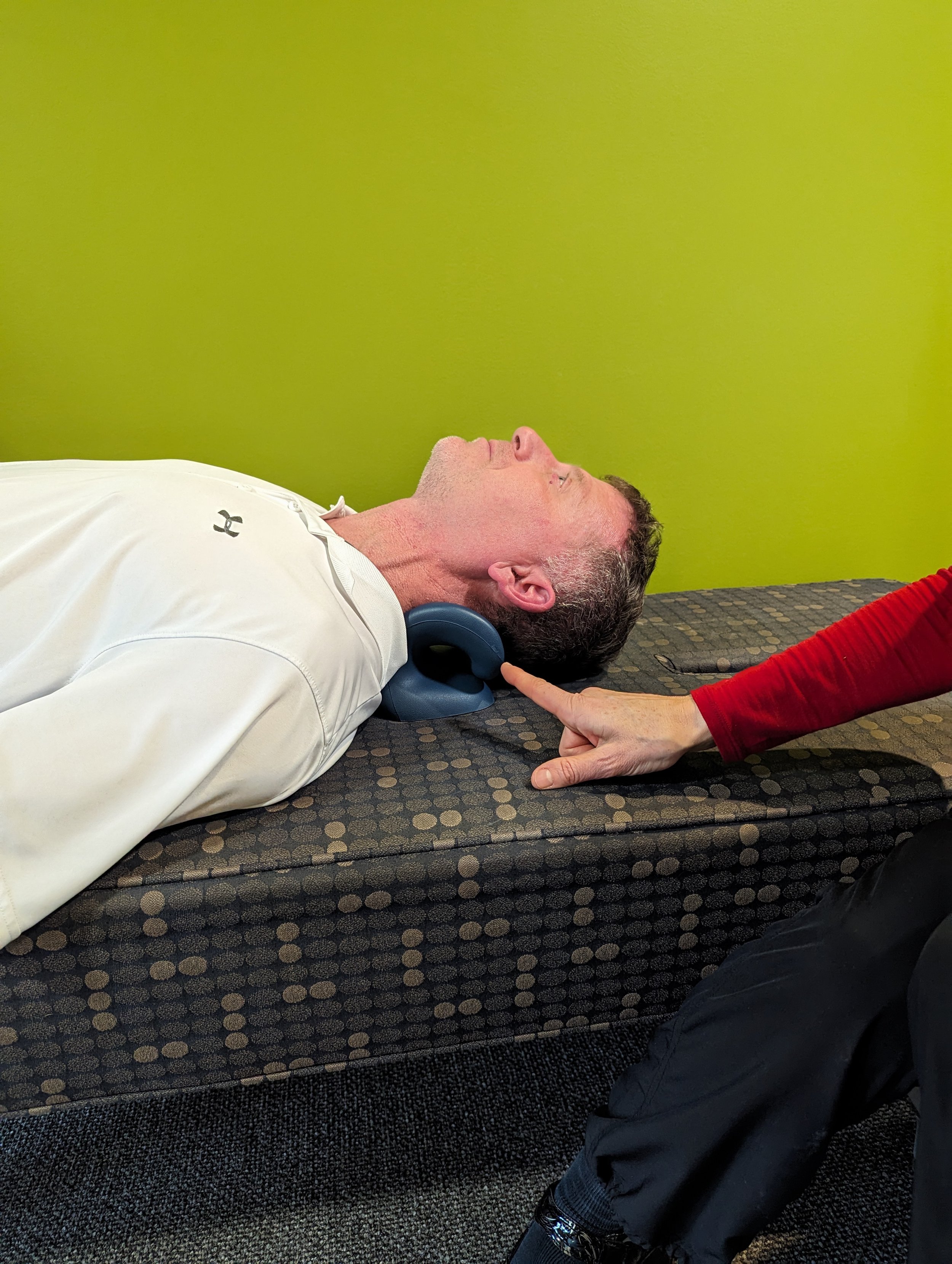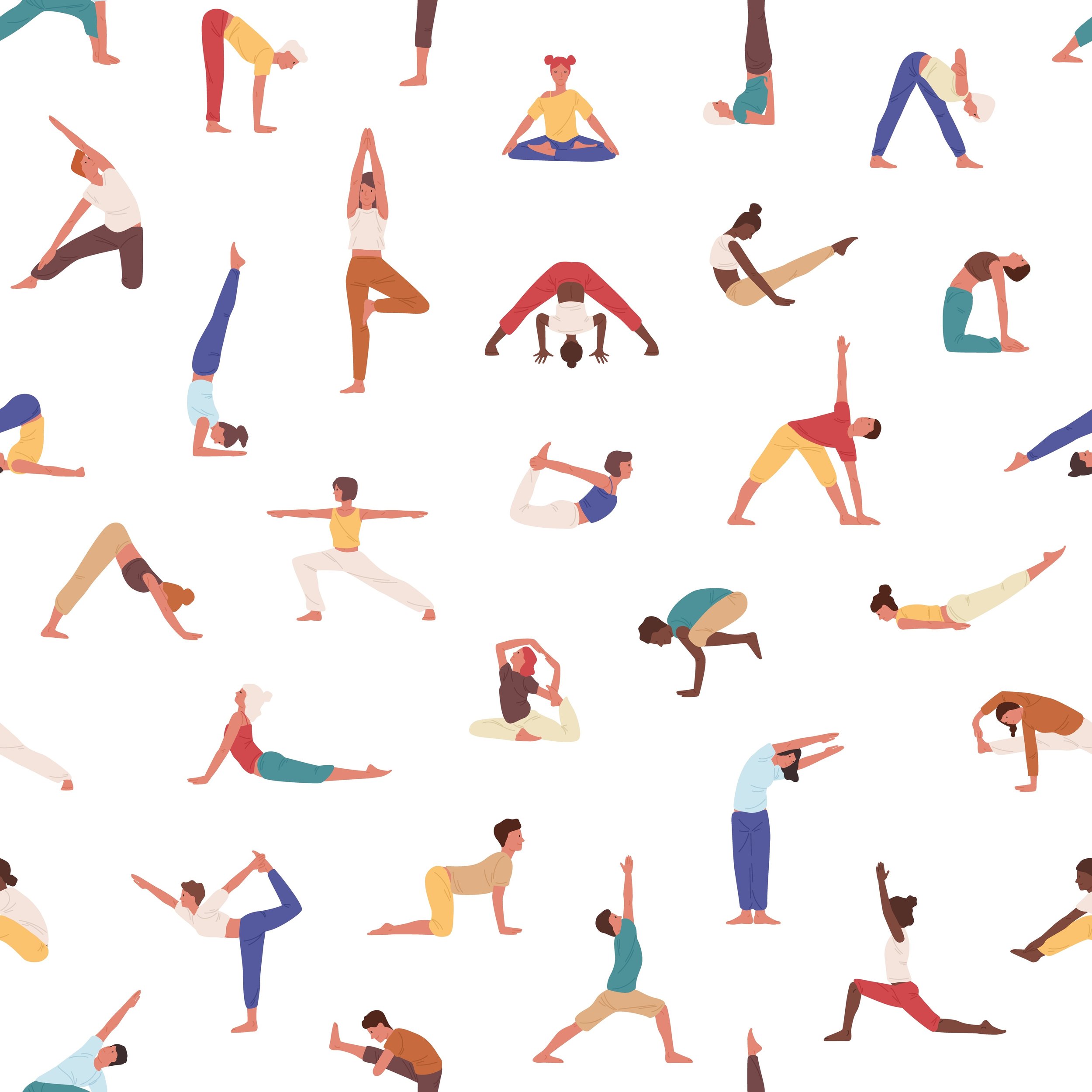https://www.sciencedirect.com/science/article/abs/pii/S016147540600039X
Another great research article I came across during 1 of my educational podcasts. It really hit home because I've recently started to work with a few patients who have had significant recurrent lumbar injuries and showed up very frustrated to their initial appointment. In both instances I can remember, the patient had spent 3 months of intense physical therapy and core strengthening, but without achieving the desired stabilization of the lumbar spine during the routine activities of daily living, leading them to constantly finding themselves reinjured with simple things like grocery shopping and doing laundry.
The research in question is a small pilot study (to be followed with a larger scale double-blind larger cohort study) that examined the delay in deep abdominal muscle reaction time (the FFA mentioned in the study). This is a very important metric, since the idea behind core strengthening is to have our core musculature fire up automatically when we are doing our daily activities, thus protecting us from unwanted strains and injuries.
The study showed that adjusting a dysfunctional sacroiliac articulation resulted in a significant reduction in FFA, meaning that the patient's core muscles engage much more quickly during activities, without having done any new core strengthening. The theory behind the mechanism of action is that abnormal position and motion of the spine and pelvis can interfere with the normal feedback mechanism of core strength muscle control.
This certainly has been the empirical experience of chiropractors and their patients for many decades. Patients reports that following chiropractic care they can start resuming activities that have historically led them to reinjury for many years. And often before we even start setting up the patient for the appropriate home activities. The moral of the story is that if you feel that you've been exercising your core strength with very little return on investment, it may be a good idea to add chiropractic to your treatment plan.


















